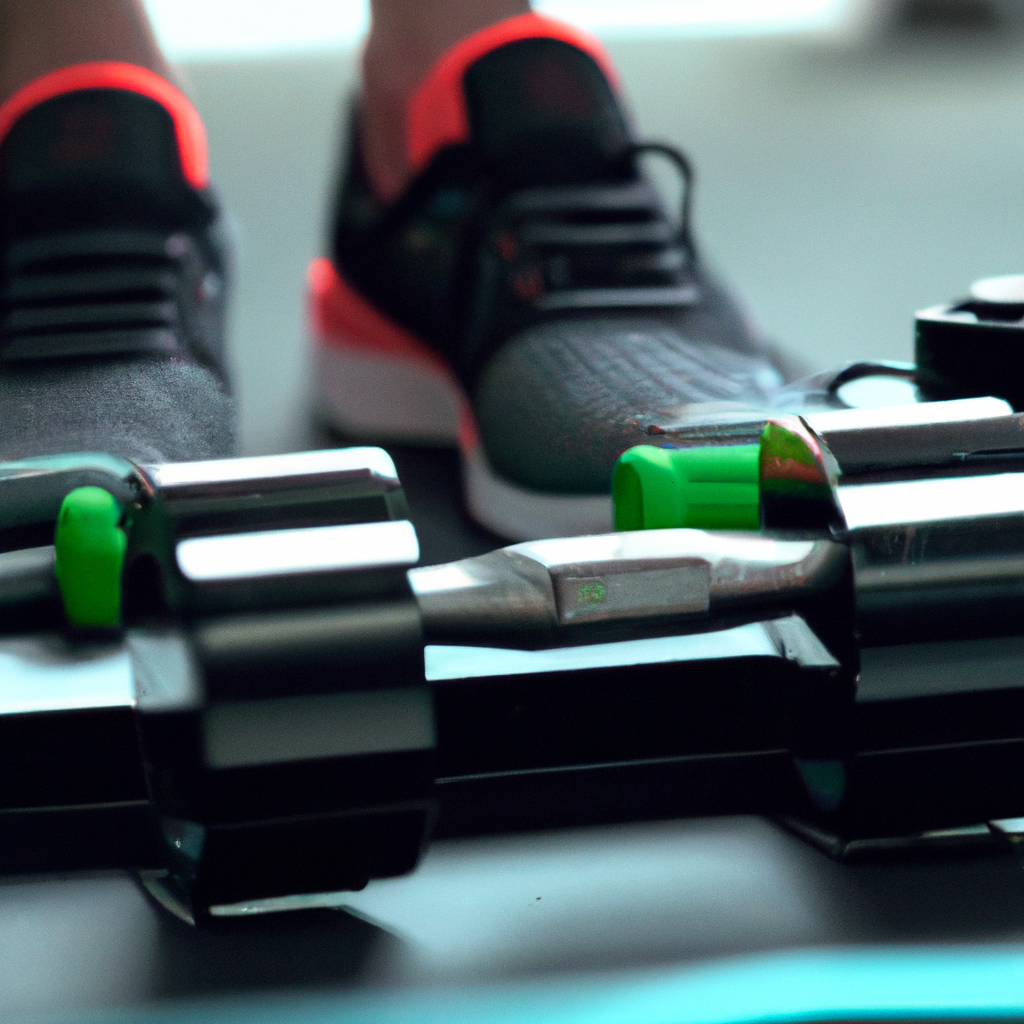High-intensity interval training (HIIT) is a workout technique that involves intense bursts of exercise followed by periods of rest or low-intensity exercise. HIIT is a popular workout routine due to its effectiveness in burning fat, improving cardiovascular health, and increasing endurance. In this article, we will explore how HIIT affects the body and its numerous benefits.
Benefits of HIIT
HIIT is an effective workout technique for burning fat and losing weight. HIIT workouts involve intense bursts of exercise, which increase the body’s metabolic rate, leading to an increased calorie burn, even after the workout. Compared to traditional cardio workouts, HIIT burns more calories in a shorter amount of time. A 30-minute HIIT workout can help burn up to 500 calories.
HIIT also improves cardiovascular health as it involves intense bursts of exercise followed by rest periods, which help to improve the heart’s ability to pump blood. HIIT workouts help to lower blood pressure, cholesterol levels, and reduce the risk of heart disease.
HIIT exercises are also beneficial for increasing endurance and building muscle. HIIT workouts involve a combination of cardio and strength exercises, which help to build lean muscle mass and improve overall fitness levels. HIIT also helps to increase the body’s tolerance to lactic acid, which enables the muscles to work harder and longer.
HIIT vs Cardio
Traditionally, cardio workouts involve moderate to low-intensity exercise that lasts for an extended period. Cardio workouts are effective for burning calories and improving cardiovascular health. However, HIIT workouts are more effective in burning more calories in a shorter amount of time. HIIT workouts also help to boost metabolism, leading to an increased calorie burn after the workout.
HIIT for Weight Loss
HIIT workouts are an effective way to lose weight. HIIT workouts help to burn more calories in a shorter amount of time, leading to an increased calorie burn even after the workout. HIIT workouts also help to boost metabolism, leading to an increased calorie burn throughout the day. HIIT workouts are also effective in reducing belly fat, which is linked to numerous health problems.
HIIT for Beginners
HIIT workouts can be challenging, especially for beginners. It is essential to start with low-intensity exercises and gradually increase the intensity as the body adapts. Beginners should also ensure they warm up before the workout and cool down after the workout to prevent injury. It is also crucial to listen to the body and rest when necessary.
HIIT for Fat Loss
HIIT workouts are effective for burning fat. HIIT workouts help to increase metabolism, leading to an increased calorie burn even after the workout. HIIT workouts also help to reduce belly fat, which is linked to numerous health problems. HIIT workouts involve intense bursts of exercise, which helps to improve the body’s ability to burn fat.
Conclusion
In conclusion, HIIT is an effective workout technique that helps to burn fat, improve cardiovascular health, and increase endurance. HIIT workouts involve intense bursts of exercise followed by periods of rest or low-intensity exercise. HIIT workouts are more effective in burning more calories in a shorter amount of time compared to traditional cardio workouts. HIIT workouts are also effective for weight loss, building lean muscle mass, and reducing belly fat. It is crucial to start with low-intensity exercises and gradually increase the intensity as the body adapts. HIIT workouts are an effective way to improve overall fitness levels and lead a healthy lifestyle.







